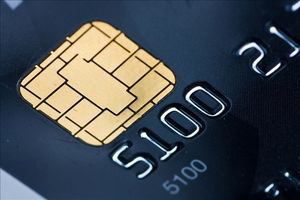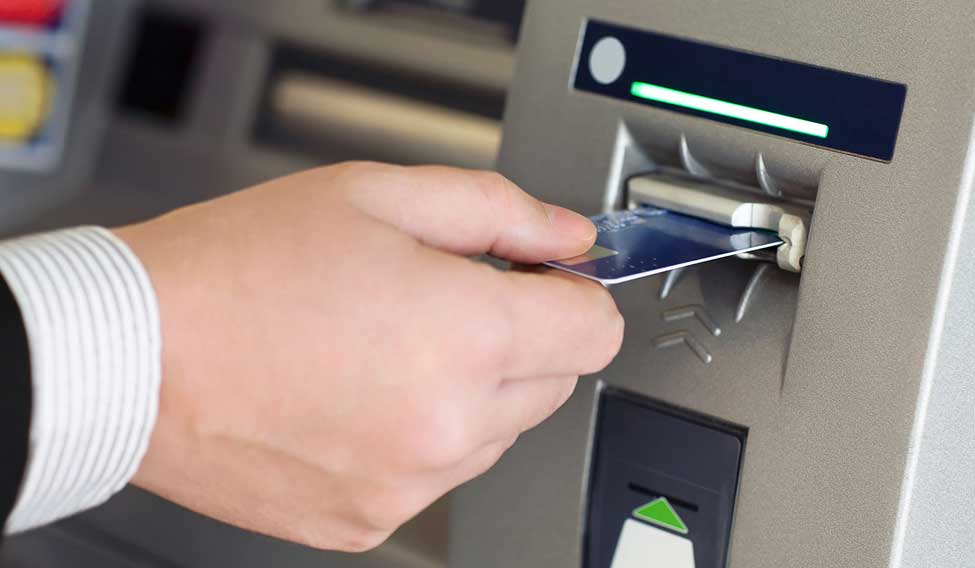The humble ATM has revolutionised the way we deal with money. These plastic cards with magnetic strips have made life a lot easier by paving way for lighter wallets and quick transactions. However, with technology and crime going hand-in-glove, you need to be vigilant to keep your hard-earned money safe.
A bunch of unsuspecting people in Kerala lost thousands of rupees from their bank accounts last week. All were victims of a hi-tech ATM robbery at an SBT kiosk in the capital, Thiruvananthapuram. Gabriel Marian, a Romanian, was arrested in connection with this sensational heist. Police are on the lookout for two of his accomplices. They had placed electronic equipment in the kiosk which helped them get details of card holders who withdrew money from the ATM.
Here are some innovative ways of ATM hacks and what you need to do to keep your money safe:
1. Skimming: That magnetic strip at the back of your ATM card holds the key to every penny in your account. Skimming, the most common in ATM-related crimes, is a technique in which fraudsters capture data from this magnetic strip. The skimmer includes a fake card reader mounted in the ATM's real card slot. When you slide your card into the slot, you are unknowingly sliding it through the fake reader, which in turn scans and stores all data from the strip.
The fraudsters are not done yet. To gain full access to your bank account, they need to get hold of your ATM pin. That is where the cameras come in. Tiny spy cameras are hidden to get a clear view of the pin number as you unsuspectingly key it in. Often, fake keypads are also used for skimming. These keypads, designed to fit over the true slot, register your secret PIN number. Once they have your card details, the fraudsters make a clone of your card and withdraw money from your account.
WATCH OUT: Always check for signs of tampering. If you notice something different—a different material or colour, or a flimsy keypad—do not use that kiosk. Also look out for hidden cameras over your shoulder or even in the brochure rack in the kiosk. Do not forget to alert bank authorities if you notice something fishy.
2. Offering help: You may find 'good Samaritans' waiting in the queue outside the ATM kiosk. These seemingly nice people, however, have other motives in mind. These fraudsters use bits of paper to block the card slot in the machine. While you struggle to insert your card into the machine and withdraw money, the fraudster, waiting outside, walks in and offers to help. While he helps you with inserting the card, he cautiously replaces your original card with a fake one. Off he goes to another ATM and wipes your account clean.

WATCH OUT: Be aware of your surroundings and cautious of strangers offering to help. It is always a good idea to cover the keypad while you type the ATM PIN.
3. Mobile phones and ATM cards: Our personal world and our secrets, at least some of them, are tucked away in our phones. Losing your phone is awful, but simultaneously losing your mobile phone and ATM card is disastrous. Once a fraudster has his hands on both of these, he can log onto your internet banking account and carry out transactions. He uses the phone to access the one time password that is sent to your mobile for successful completion of transaction.
WATCH OUT: Simple—be careful of your belongings. If your card or phone goes missing, be quick to get in touch with your bank and mobile operator to block transactions.
4. Swiping machines: When you are at the fuel station or dining out, the last thing on your mind is your card data getting stolen. But it is a bad world out there. Many of us, reluctant to budge from our seats, end up giving our debit card and disclosing the PIN number to the chap at the fuel station or the hotel waiter. After they swipe your card on a swiping machine, they might end up swiping it on a skimmer as well. And whoosh goes your money.
WATCH OUT: Move your back off that seat and be careful while you enter the PIN on swiping machines.
A way out?
EMV chip technology is becoming the global standard for credit and debit cards. It is a much safer option than the magnetic strip ATM cards. It is better to switch to EMV cards which are equipped with microprocessor chips which make it harder for anyone to steal your account information.
 A chip-based debit card
A chip-based debit card
When you swipe the regular ATM card, the terminal reads your card information from the magnetic strip and sends it through a network to have the money moved from your account. The card number is same for every transaction, which makes it relatively easy for fraudsters to steal your card number and use it elsewhere. But the microprocessor chip in the EMV card generates a unique code for every transaction. Even if a criminal manages to grab the code, it is mostly useless because it won’t work a second time, and it can’t be traced back to your real card number.
In a move aimed at protecting customers from frauds, the RBI had asked banks to issue only chip-based cards from September 2015. This, however, requires banks to revamp the existing ATM infrastructure to enable processing of chip-based cards. The RBI has advised banks to ensure all ATMs are equipped for EMV processing by September 2017.




